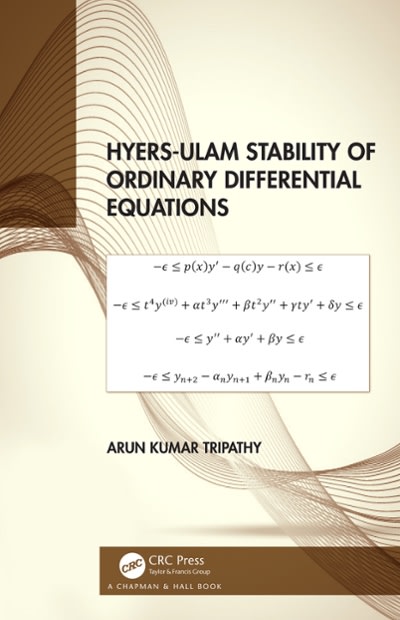Question
In a study of birth order and intelligence, IQ tests were given to18- and19-year-oldmen to estimate the size of the difference, if any, between the
In a study of birth order and intelligence, IQ tests were given to18- and19-year-oldmen to estimate the size of the difference, if any, between the mean IQs of firstborn sons and secondborn sons. The following data for10firstborn sons and10secondborn sons are consistent with the means and standard deviations reported in the article. It is reasonable to assume that the samples come from populations that are approximately normal. Can you conclude that the mean IQ of firstborn sons is less than the mean IQ of secondborn sons? Let1denote the mean IQ of firstborn sons and2denote the mean IQ of secondborn sons. Use the = 0.10 level and theP-valuemethod with thetable.
Firstborn:
92 87 88 96 85
115 101 85 102 123
Secondborn:
104 120 81 100 116
122 85 121 114 103
- State the appropriate null and alternatehypotheses.
- Determine what kind of hypothesis test this is. (Right-tailed, left-tailed, or two-tailed).
- Compute the test statistic. Round the answer to three decimalplaces.
- How many degrees of freedom are there, using the simple method?
- Estimate theP-value.Fill in the correct blank. P (blank), (blank) < P (blank), P > (blank).
- Determine whether to rejectH0.
- State a conclusion.
Step by Step Solution
There are 3 Steps involved in it
Step: 1

Get Instant Access to Expert-Tailored Solutions
See step-by-step solutions with expert insights and AI powered tools for academic success
Step: 2

Step: 3

Ace Your Homework with AI
Get the answers you need in no time with our AI-driven, step-by-step assistance
Get Started


